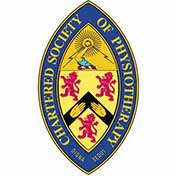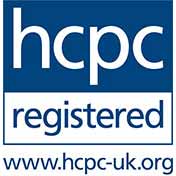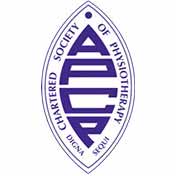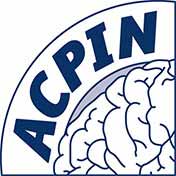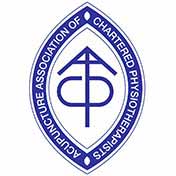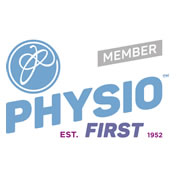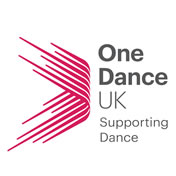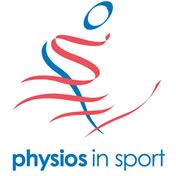Hands-on Therapy
‘Hands-on therapy’ describes the way in which a physiotherapist may use manual treatment skills in order to achieve a therapeutic outcome. There are many hands-on therapy techniques and approaches, some used to produce a specific outcome, and others to facilitate other forms of treatment and rehabilitation. Manual physiotherapy techniques may include massage (including baby massage), deep tissue release and other methods of soft tissue mobilisations, passive and assisted stretching techniques, joint mobilisation techniques (specific movements), or the support / facilitation of the limbs and posture to encourage normal movement, postural management, gait (walking) training and other functional activities.
 Some manual therapy techniques, such as massage and the supported stretching of tissues can be taught to parents and carers and then reproduced at home or at school. This helps to make the rehabilitation process an integral part of everyday life, outside of the physiotherapy sessions, which maximises the therapeutic outcome for the child and also helps to make parents and carers feel more involved.
Some manual therapy techniques, such as massage and the supported stretching of tissues can be taught to parents and carers and then reproduced at home or at school. This helps to make the rehabilitation process an integral part of everyday life, outside of the physiotherapy sessions, which maximises the therapeutic outcome for the child and also helps to make parents and carers feel more involved.
Hands-on physiotherapy techniques are also used to facilitate other necessary forms of treatment. For example, certain important rehabilitation exercises may not be possible without first releasing the tightened soft tissues which are responsible for preventing movement at a specific joint. Once these tight tissues become more flexible, the joint is able to move more effectively and subsequently, a specific activity / exercise becomes much easier and further progress can then be made with rehabilitation.
As such, a combination of many different treatment approaches may be used when rehabilitating an injury or condition.



